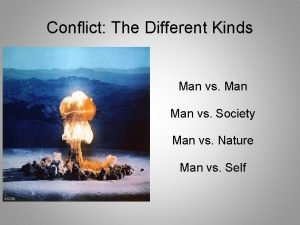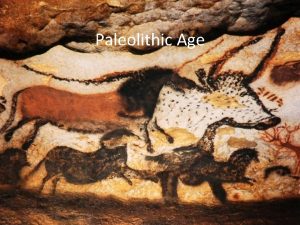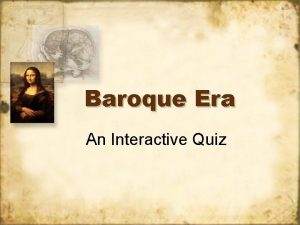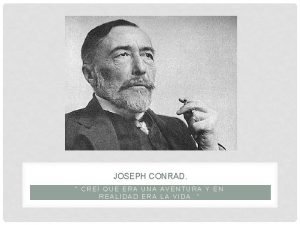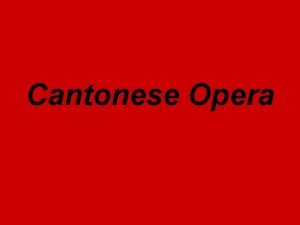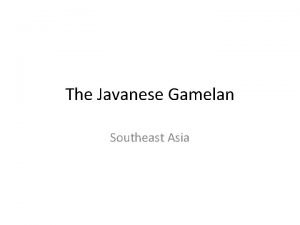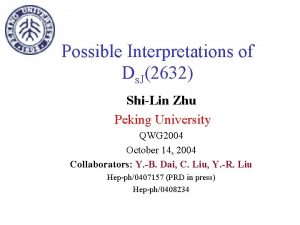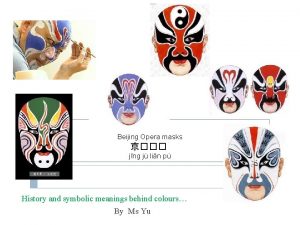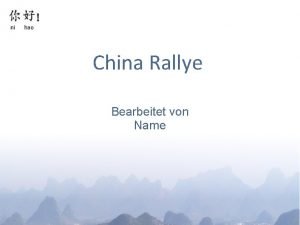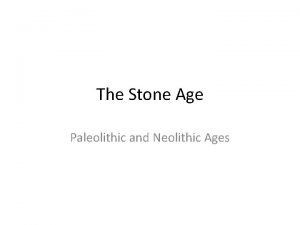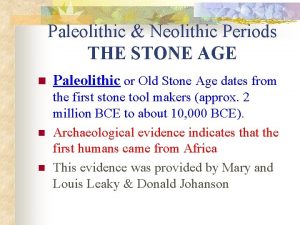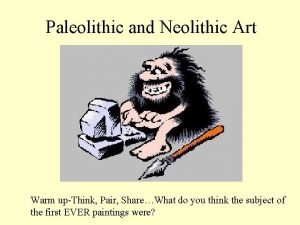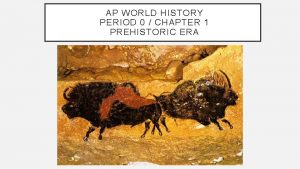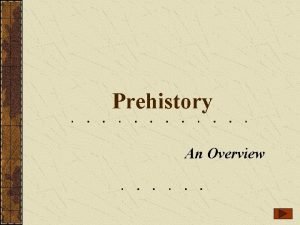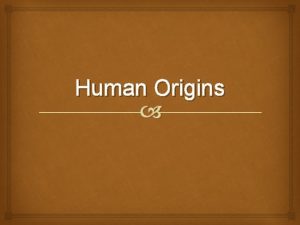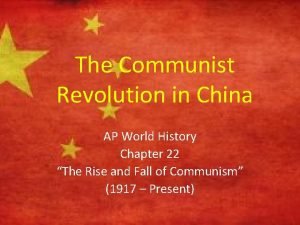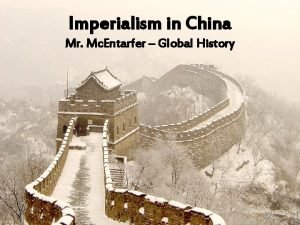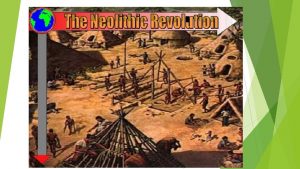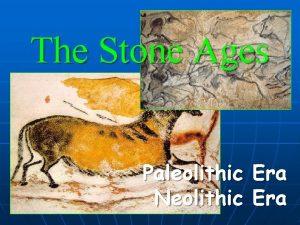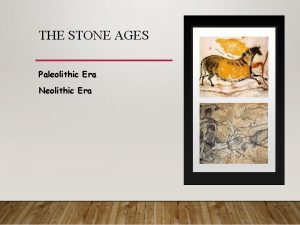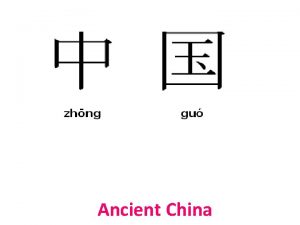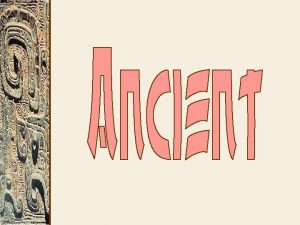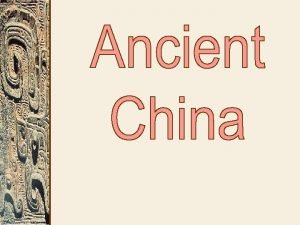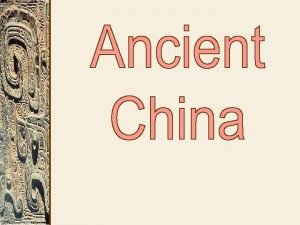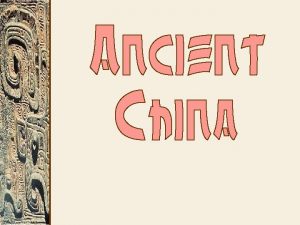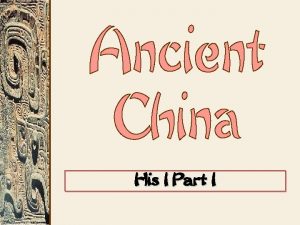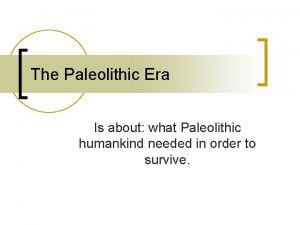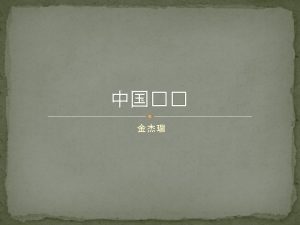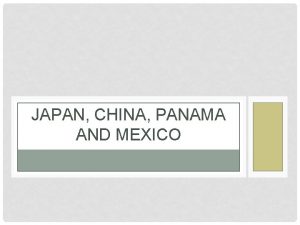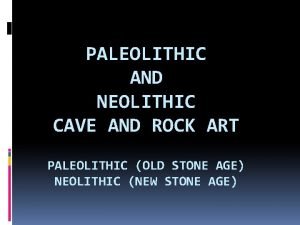History of China Peking Man Paleolithic era 750









































- Slides: 41

History of China

Peking Man • Paleolithic era (750, 000 yrs. Old) • Homo erectus pekinensis • Cranium almost the size of modern man • Discovered 19231927 "Peking Man" by Mutt - Own work.

Four Great River Valleys

Settlement along Yellow River

Xia Dynasty (2100 -1600 BCE) Ø Some scholars feel it is mythical Ø Started by Yu the Great (father had controlled floods along Yellow River) Ø First to irrigate crops, use cast bronze, and form an army


Shang Dynasty (1600 -1050 BCE) Dragon became symbol of China



Zhou Dynasty (1046 -256 BCE) “Sons of Heaven” City-states under central gov’t


The Warring States, 475 -221 BCE Ended in Civil War and “False Alarm”


Chi’in Dynasty (221 -206 BCE) “China” Autocracy under Shi Huangdi Harsh rule = Legalism Standardized: Law Weights & measures Coinage Writing Cart & Axle widths


Terra Cotta Warriors of Xi’an

Han Dynasty (206 BCE-220 CE) Capital at Xian Extended into Manchuria, Korea, Indochina Established Civil Service System Pax Sinica Silk Route

Silk Route


T’ang Dynasty (619 -906 CE) Height of Buddhist influence Territorial expansion until stopped by Arabs


Song Dynasty (960 -1275 CE) Significant economic and social changes Monetization of the economy Growth in commerce and maritime trade Urban expansion and technological innovations Examination system for civil service system was provided intellectual basis for political and social order of the late imperial period

Yuan Dynasty (1279 -1368 CE) Ruled by Mongols as part of world-wide expansion Introduced 1 st post office, road system, tribute tax Capital at Peking (Beijing)


Ming Dynasty (13681644 CE) First Ming emperor, Hongwu = autocrat Created agrarian base for military (1 million) Gradual increase in commercial sector (Zheng He) Collapsed when Little Ice Age destroyed crops


The Forbidden City

v 1420 -1912 v 980 buildings v 180 acres Gate of Divine Might (North Gate)


Foot Binding


Qing Dynasty (1644 -1912 CE) Manchu Dynasty Westernization = New cultural movement (science, democracy) 1 st Opium War 1839 Taiping Rebellion 1850 Boxer Rebellion 1899 Weak central gov’t collapsed

Last Emperor of China Henry Pu. Yi


Republic Period (1912 -1949 CE) 1928 Nationalist gov’t tried to unify, but revolutions + Jap. Fled to Taiwan after Communist defeat Chang Kai-Shek

People’s Republic of China (1949 CE-Present) Communist Government under Mao Tse-Tung (Long March) Great Leap Forward Cultural Revolution

Long March • Over 4000 miles • Only 8000 of 100, 000 survived • Result: Mao was undisputed leader of Chinese Communists

Japanese Occupation/Civil War

Nixon in China 1972 • 1 st time American President visited Communist China • Feared by Soviet Union and N. Vietnam • Agreed to cut support to Taiwan • Increased trade with US • Had no effect on Vietnam War

Cultural Revolution 1966 -1976 • “Cult of Maoism” • Little Red Book • Young people • 1. 5 million killed • Death of Mao 1976 "Rules for Discipline" were: "Obey orders in all your actions; Do not take a single needle or thread from the masses; and Turn in everything captured. "

Tiananmen Square 1989 • Student led democratic protest • Deng Xiaoping • Hundreds killed (10, 000)
 What is person vs society
What is person vs society When was the paleolithic era
When was the paleolithic era Food supply paleolithic
Food supply paleolithic Characteristic of paleolithic period
Characteristic of paleolithic period Hide scraper artifact
Hide scraper artifact Paleolithic era definition
Paleolithic era definition What are the characteristics of the paleolithic age
What are the characteristics of the paleolithic age Mesolithic era nutrition
Mesolithic era nutrition Era quiz: the baroque era
Era quiz: the baroque era Elizabethan vs victorian
Elizabethan vs victorian Creí que era una aventura y en realidad era la vida
Creí que era una aventura y en realidad era la vida Era uma estrela tão alta era uma estrela tão fria
Era uma estrela tão alta era uma estrela tão fria Introduction cantonese
Introduction cantonese Indicates ambition, cool-headedness, and fierceness,
Indicates ambition, cool-headedness, and fierceness, Pekingvaluta
Pekingvaluta Kenong
Kenong Ds peking
Ds peking J.jng
J.jng Instruments of peking opera
Instruments of peking opera Das klima in peking temperatur heute
Das klima in peking temperatur heute There once was a woman
There once was a woman Characteristics of paleolithic age
Characteristics of paleolithic age Why did people domesticate plants during the neolithic era
Why did people domesticate plants during the neolithic era Characteristics of the neolithic era
Characteristics of the neolithic era Prehistory timeline
Prehistory timeline Paleolithic mesolithic neolithic art
Paleolithic mesolithic neolithic art Characteristics of paleolithic age
Characteristics of paleolithic age Similarities of paleolithic and neolithic
Similarities of paleolithic and neolithic Neolithic art
Neolithic art Characteristics of paleolithic age
Characteristics of paleolithic age Paleolithic age characteristics
Paleolithic age characteristics Characteristics of paleolithic age
Characteristics of paleolithic age Paleolithic vs neolithic
Paleolithic vs neolithic Stone age diorama
Stone age diorama Paleolithic age
Paleolithic age Neolithic period characteristics
Neolithic period characteristics Paleolithic versus neolithic
Paleolithic versus neolithic Paleolithic age
Paleolithic age Paleolithic
Paleolithic Communism in china ap world history
Communism in china ap world history Chinese dynasties
Chinese dynasties Global history imperialism in china
Global history imperialism in china
